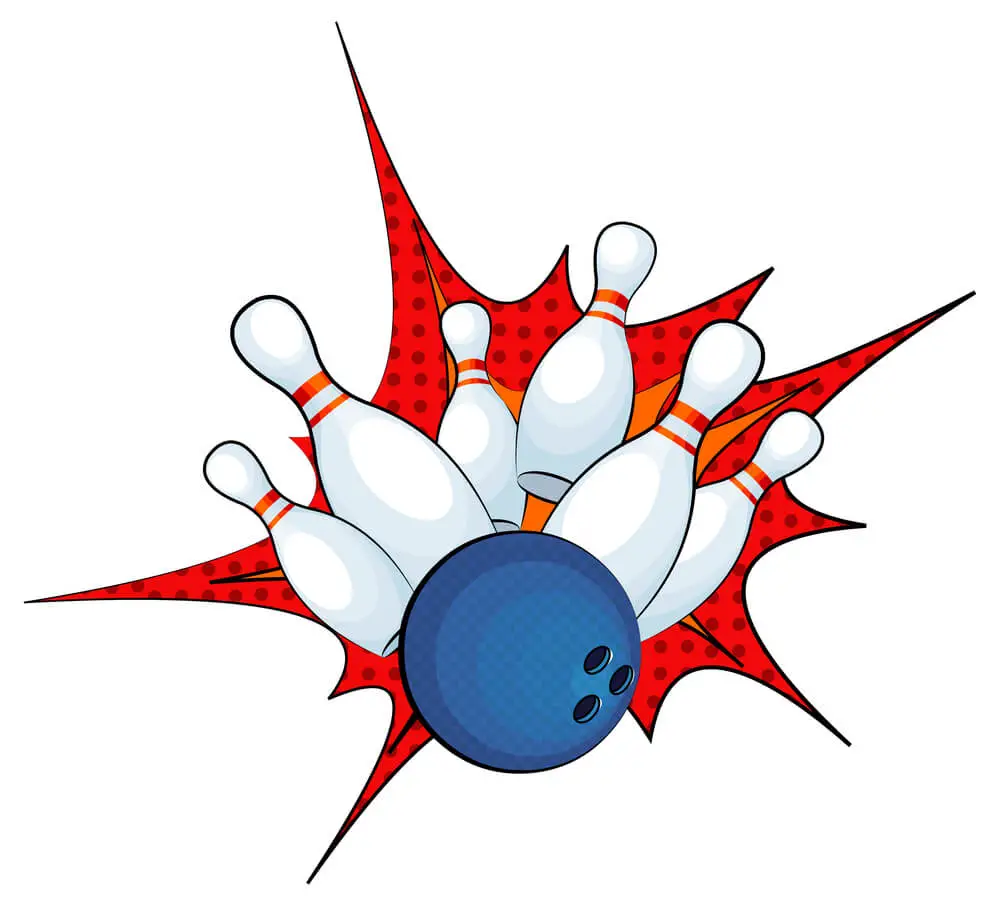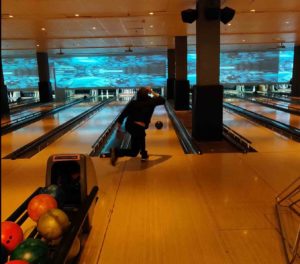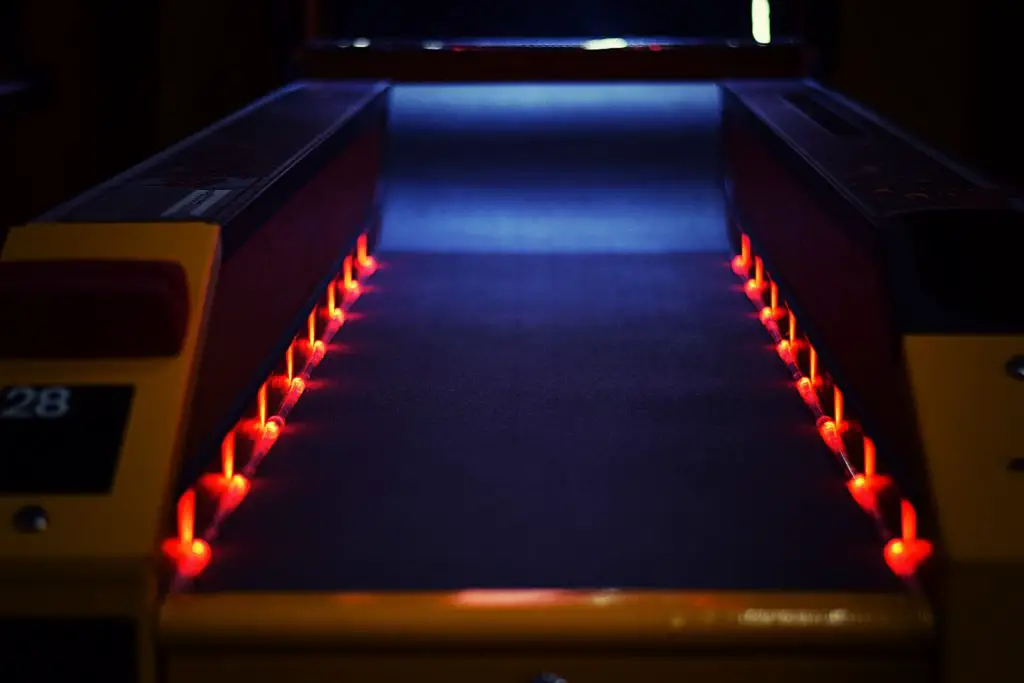It’s a question that has undoubtedly crossed the minds of many budding bowlers: just how long does it take to drill a bowling ball? The answer, as it turns out, is not quite so simple. Several factors go into drilling a bowling ball, from the type of drill bit you’re using to the surface of the ball.
In this blog post, we’ll take a look at some of the factors that affect how long it takes to drill a bowling ball. Also, offer suggestions on how to get the process accomplished as quickly and efficiently as possible. Stay tuned.
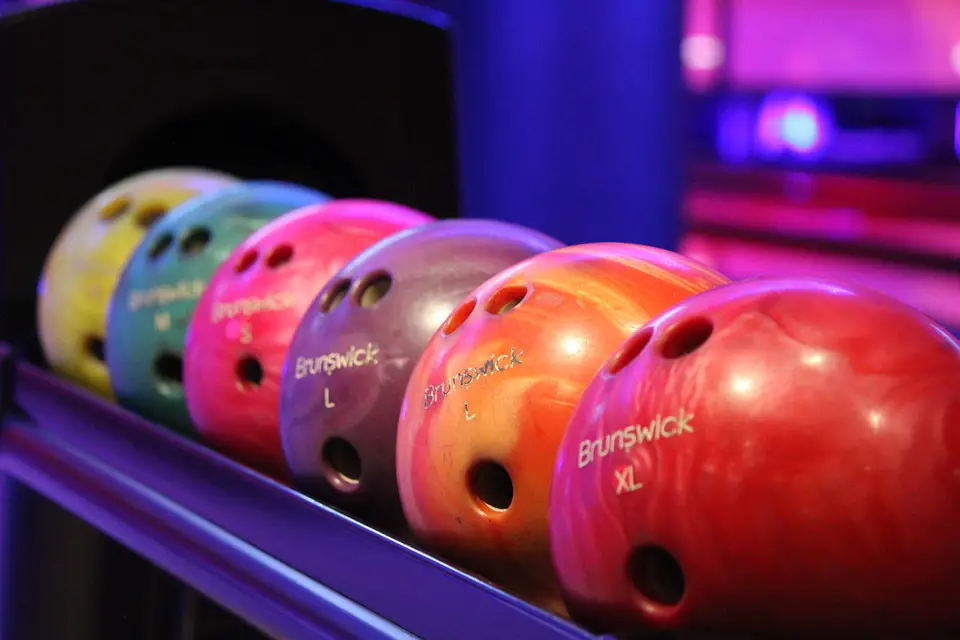
Plugging And Drilling: Time Taken On A Bowling Ball?
The effects of sleep and the Quick Plug are more noticeable when used together. It takes about an hour for each, but if you want to get back into your work quickly after using them both. Be aware that this isn’t quite as effective compared with just sleeping directly through it all without interruption.
What Does Drilling A Bowling Ball Mean?
Bowling balls come in many different shapes and sizes. But they all have one thing the ability to bowl you over with their sharp Little League attacks. The drilling of these ball-shaped wonders means how many holes were put through them so players can grip them easily. While swinging or rolling lane after lane on an old school green (or modern synthetic surfaces). And if that wasn’t enough – some also use mass bias markers too.
Things You Will Need:
There are a few things you need to know before getting your bowling ball drilled. The first is that without an accurate and appropriate layout, the expected reaction from lanes conditions won’t happen. This includes both delivery technique problems as well as what type of cover stock was used in making it more difficult. This is for players like yourself who don’t have professional experience with their hands or eyesight. Not only will they be unable to hit strikes but also lose frames because there isn’t enough spin on them.
Your bowling ball choice will be different depending on what kind of reactions you want. If high-revving players prefer weaker layouts with less back-end reaction, then go for lighter weight and stronger back-end motion in your lane conditions.
Pre-exquisite For Drilling A Ball:
There are three kinds of bowling ball grips: conventional, fingertips, and semi-fingertips. You can also select from other options such as double-jointed or single joint release drills for those who like using their hands differently when they bowl.
Once you’ve picked your configuration, measure the span of those fingers. Only go as far past where they hold onto the ball with no extra space between so there is room for it to turn. When landing on its edge after being shot from further away or closer up depending if this was what we decided beforehand.
The Right Angle:
Now that you know the type of ball to choose, it’s time for some bowling! The first step in deciding on an angle will be figuring out what works best with your hand. If they are at a forward tilt then there is more lift and higher release rates due to our fingers being inside. Until just before release so try these two options: either use both hands or take advantage by using one arm.
Time To Drill The Ball:
When it comes to bowling, there are a few things you need for your ball to not only function but also to look perfect. These are a couple of steps:
The Initial Step:
These processes start before even starting any form or diameter: measurements. Once those critical details have been met (and double-checked). Then one can move on to getting down into the process themselves. This usually takes place at home with an electric drill bit designed specifically for drilling out pins.
Second Step:
The moment you’ve been waiting for has arrived. Your chosen configuration is now marked on the bowling ball surface with an erasable pencil, chalk, or marker. Knowing your angle and span they placemarks accordingly to drill holes. So that when held by hand it matches up perfectly at each location. This will ensure accuracy in future steps as well since these are permanent fixtures.
Third Step:
The process of drilling thumb holes is time-consuming and must be done very carefully. The bigger your finger’s girth, the deeper you should make this hole so that it can fit around all parts easily when tightened up in a place with straps later.
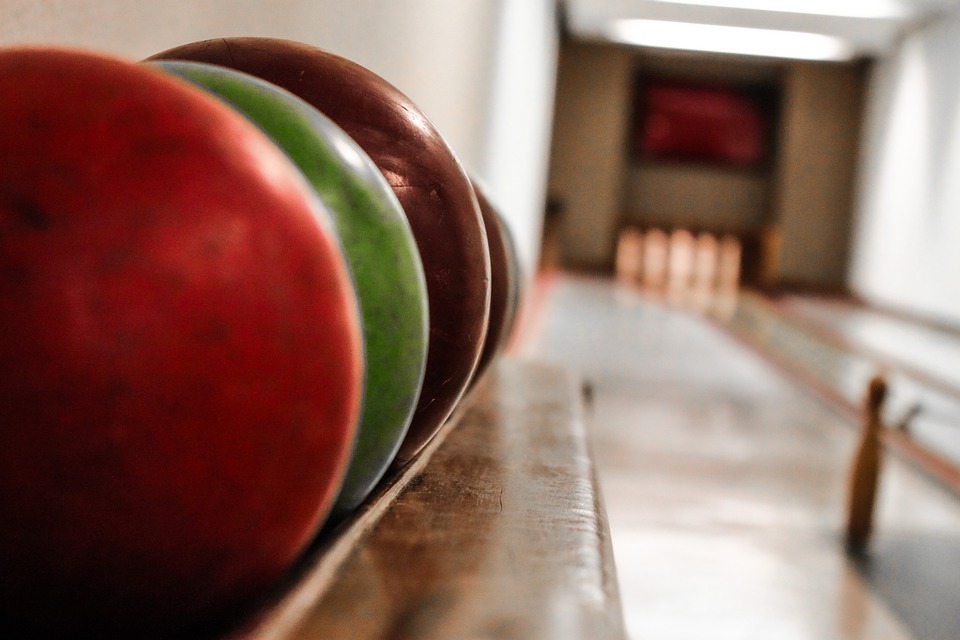
If you don’t have the proper tools for drilling a bowling ball, then I’m sorry to tell you that it’s not possible. To make sure this process goes smoothly and with minimal pain involved in holding onto your gear. Spinal cord damage if done incorrectly- we recommend getting some specialized equipment like those found at our local hardware store today.
Time Is Taken To Drill A Ball:
The time it takes to drill a bowling ball can vary depending on many factors. From the type of machine being used, gear needed for your specific setup, and other equipment in play at any given moment during production. all these things contribute toward an average estimate which ranges anywhere between 30 minutes up to 1 hour. If you’re new at this though? You might want to start with 15-20 min until those wrinkles iron themselves out.
Conclusion:
So, what is the time needed to drill a ball? As we’ve seen, several factors go into the drilling process. By following the tips we’ve outlined in this blog post, you can make sure that your ball is drilled as efficiently as possible. With the right tools and techniques, however, you can get the job done in no time. Be sure to check back soon for more tips on improving your game. In the meantime, happy bowling!
